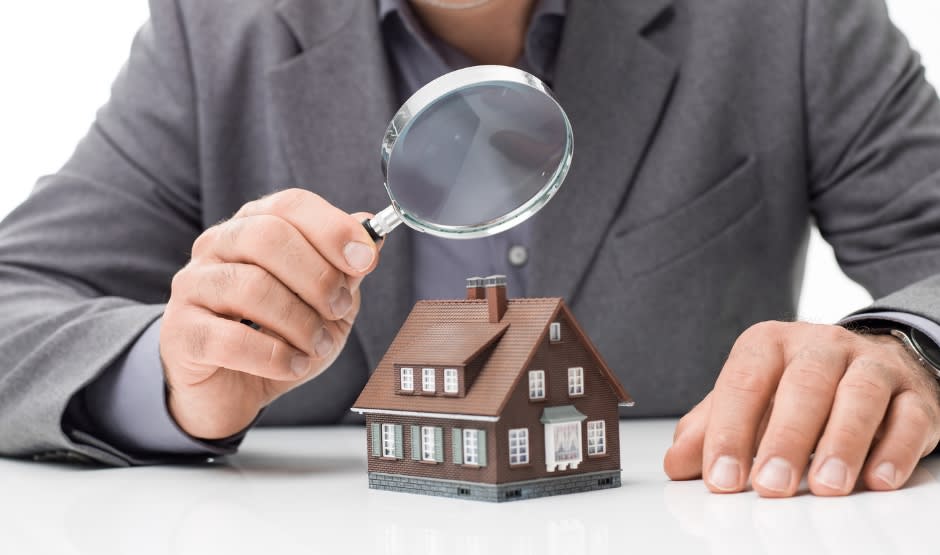If you’re buying a home in Scottsdale, you need to know what happens after a seller says “Yes” to your offer. Whether you’ve purchased a home in the past or this is your first, this guide explains the process that starts after a seller accepts your offer on a home in Scottsdale.
After a seller accepts your offer, you still have some work to do (and some costs to take on).
Here’s what happens next:
- You formally apply for a mortgage (unless you’re paying cash).
- Your lender sends an appraiser to the home.
- You hire a home inspector.
- You purchase a homeowners insurance policy.
- Your Real Estate Agent takes you through the home for a final walk-through.
- You close on the home.
Here’s a closer look at each.
#1. You Formally Apply for a Mortgage
Unless you’re paying cash, you need to formally apply for a mortgage after the seller accepts your offer. You should already have a mortgage pre-approval, which is based on a preliminary review of your financial information.
During the formal application, your lender will ask you to provide additional documentation, such as tax returns and pay stubs. Your lender will also do a more comprehensive review of your financial history.
#2. Your Lender Sends an Appraiser to the Home
A home appraisal is an unbiased estimate of the true (or fair market) value of what a home is worth. All lenders order an appraisal during the mortgage process in order to assess whether the home’s value is commensurate with the size of the loan being requested.
Appraisals are generally conducted by licensed professionals who are familiar with the local market. In most cases, the cost of an appraisal is built into your loan origination fee.
What if the Appraisal Comes Back Low?
If the appraisal comes back low, there are a few things that can happen.
- The seller could lower the price of the home to match the appraised value.
- You and the seller could agree to split the difference.
- You could cancel the deal entirely and get your earnest money deposit back.
- You could ask the lender to reconsider the loan amount.
#3. You Hire a Home Inspector
After you have a mortgage pre-approval, you hire a home inspector. A home inspection is a visual examination of the property’s physical condition and is usually conducted by a licensed professional.
If the inspector uncovers any issues with the home that you can’t live with, you can use that information to renegotiate the price with the seller or cancel the deal entirely.
You should expect to pay $300 to $500 for a home inspection.
#4. You Purchase a Homeowners Insurance Policy
You need to purchase a homeowners insurance policy before you close on the home. Your lender requires it and your homeowners' insurance policy protects your home from damage or destruction.
Your premium will be based on the value of your home, the amount of coverage you need, and the deductible you choose.
#5. Your Real Estate Agent Takes You Through the Home for a Final Walk-Through
A final walk-through is conducted a day or two before closing. It allows you to verify that the home is in the same condition as when you made the offer and that any agreed-upon repairs have been made.
Your Real Estate Agent will walk through the home with you to confirm that everything is in order. If anything is not to your satisfaction, they will negotiate with the seller on your behalf.
#6. You Close on the Home
Closing is when the ownership of the home is officially transferred from the seller to you. This typically takes place at a title company or escrow office, and it can take anywhere from 30 minutes to an hour.
You’ll need to bring:
- a photo ID and any other documentation that’s required by your lender.
- a certified or cashier’s check for the remaining balance of the purchase price and any other closing costs that may be due.

